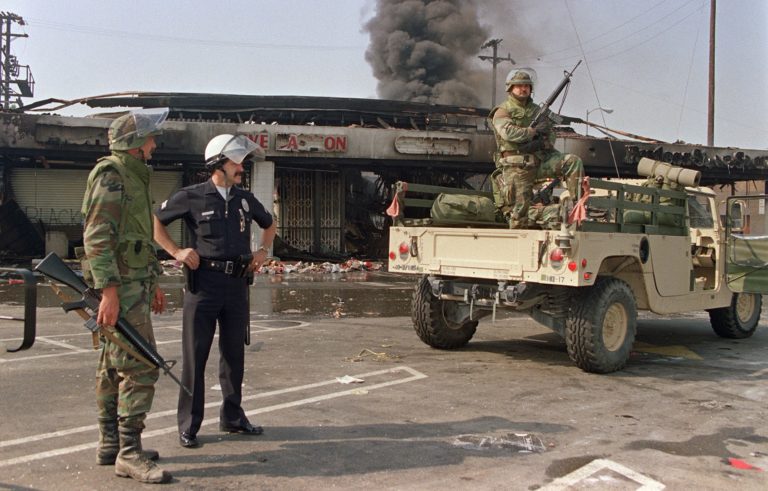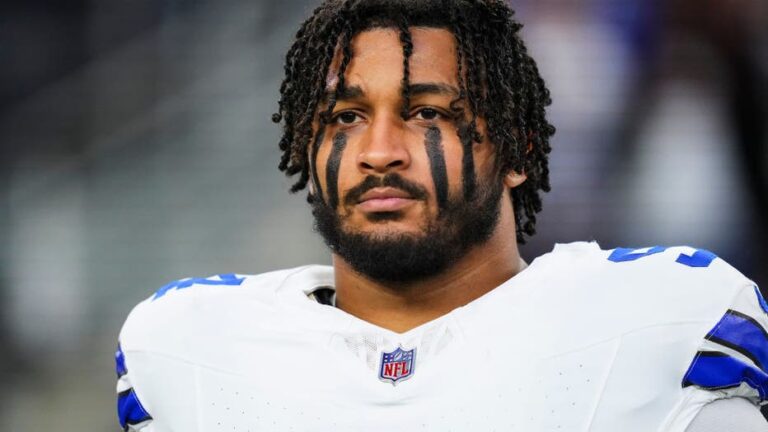Understanding the LA Riots: Insight into the National Guard’s Role and Impact
The LA Riots of 1992 stand as a significant moment in American history, highlighting systemic issues within law enforcement, community relations, and governance. Particularly intriguing is the role of the National Guard during these riots, who were deployed to assist in restoring order amidst widespread chaos. In this blog post, we will explore the events that led to the riots, the response by the National Guard, and the long-lasting implications of these events on civil unrest and community relations.
The Background of the LA Riots
To understand the LA Riots, we must first look at the context of racial tensions and police brutality that permeated Los Angeles in the early 1990s. The catalyst for the riots was the acquittal of four LAPD officers who were videotaped brutally beating Rodney King, an African-American man, during a traffic stop. The incident, which took place in March 1991, was caught on video and widely disseminated, sparking outrage.
The trial concluded on April 29, 1992, with the officers being acquitted of all charges. This verdict incited immediate protests in the streets of Los Angeles, which escalated into violence, looting, and arson. The unrest highlighted deep-seated frustrations regarding systemic racism, police violence, and economic inequalities faced by communities of color.
The Role of the National Guard
In response to the outbreak of violence, the state of California activated the National Guard to restore order. Over the course of the riots, roughly 4,000 National Guardsmen were deployed. Their presence was critical in providing support to local law enforcement who were overwhelmed by the scale of the riots. With looting and vandalism rampant, the National Guard served to stabilize the situation and protect property and lives.
The National Guard’s involvement was not without its challenges. They faced violence from rioters, were tasked with enforcing curfews, and had to navigate the complexities of uniting divided communities. The primary focus was to quell the violence without exacerbating tensions further, a challenging balance during such a volatile time.
Humanitarian Efforts Amidst Chaos
While the National Guard’s primary mission was to restore order, their efforts also extended into the realm of humanitarian assistance. Once the immediate violence subsided, National Guard units were involved in providing food and shelter to those affected by the riots, particularly in communities where vital infrastructure had been destroyed.
This dual role of law enforcement and community aid highlighted a unique facet of the National Guard’s operations – their ability to act as both a stabilizing force and a compassionate entity. Such actions helped to rebuild trust in a time when community relations were at an all-time low.
Lasting Implications of the LA Riots
The LA Riots had profound implications not only for Los Angeles but also for policing and race relations in America. The aftermath saw an increased dialogue about police practices, the need for reforms, and the significance of community engagement. Moreover, it initiated discussions on the importance of having a responsive National Guard capable of intervention in civil rights matters.
The events prompted a national reflection on systemic racism and police violence, leading to policy changes and greater advocacy for civil rights. Scholars, organizations, and communities continue to analyze the riots in order to glean lessons applicable to current social justice movements.
Conclusion
The LA Riots remain a pivotal event in American history, and the role of the National Guard during this time serves as a critical case study on the intersection of public safety, civil rights, and community trust. As HR professionals and business leaders, understanding these dynamics is crucial in today’s social climate. The lessons learned from the riots can inform our approaches to diversity, equity, inclusion, and restorative practices within our organizations.
For more in-depth reading about the National Guard’s involvement, check out this detailed piece on the historical context concerning their deployment here.








